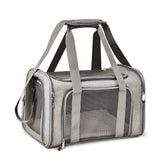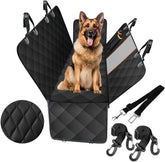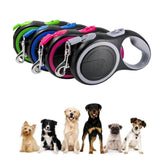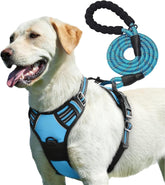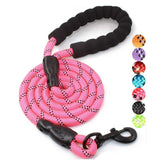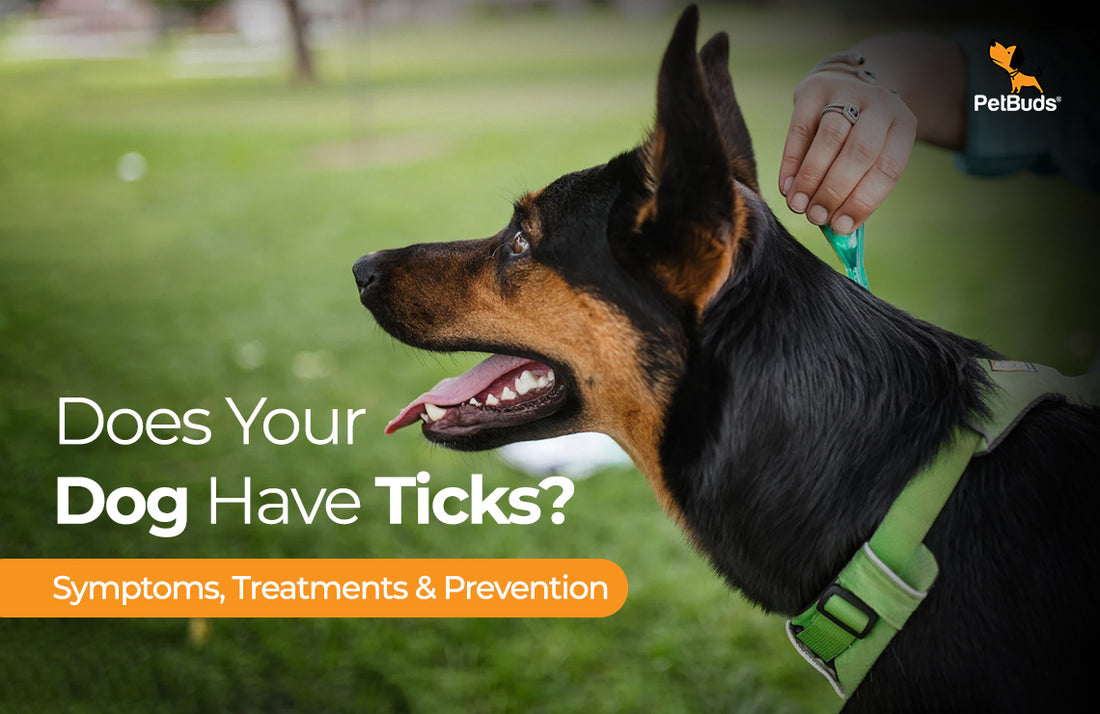Is Your Dog Scratching More Than Usual? If your dog is scratching a lot and you find something that looks like a worm, it might be a tick. Ticks are tiny parasites that suck blood and can cause fatal issues if not removed on time.
Let's explore how to remove them at home, what precautions can be taken for dogs, and why your dog might still get ticks after treatment.
Ticks are found in bushy grass and parks. They latch onto dogs, especially in areas with more fur like the head, neck, ears, and feet. Ticks bite and suck blood, becoming darker as they feed. They are most active between spring and autumn but can be found year-round.
Symptoms of Ticks in Dogs:
- Scratching onto a particular body part,
- Loss of appetite,
- Fever,
- Swollen and painful joints,
- Swollen lymph nodes,
- Lethargy and
- Depression.
If these tick are not removed on time from your dog that they will survive until they had enough blood and could lead to fatal diseases to your dog such as Tick-borne encephalitis which is found usually in UK among dogs, Babesiosis this is rare in UK and most in southern England.
Painless Ways To Detect & Remove Tick From Your Dog
You can remove the tick from your dog at your convenience at home by using a few products:
- Gloves
- Tweezer (pointed one not the normal one used at home) or Tick remover
- Alcohol
- Disinfectant or antiseptic cream (vet friendly)
A Step-by-Step Guide to Remove Ticks
Step 1: Scanning your Dog with Fingers
Wear your Gloves and start running your fingers slowly over your dog’s full body including toes, around their legs, inside their ears, and all around their face, chin, and neck. If you feel a bump or swollen spot on your dog, check to see if a tick is there.
Step 2: Spotting Tick
Ticks can be black, brown, or tan with eight legs. They can also be very tiny, sometimes as small as a pinhead. Knowing what to look for helps in spotting ticks on your dog.
Step 3: Removing Ticks from Your Dog
Using Tweezers:
Use fine-tipped tweezers to grasp the tick as close to your dog's skin as possible, being careful not to pinch your pet. Then pull the tick out slowly and steadily in a straight motion. Avoid jerking, as this can leave parts of the tick behind, which may cause an infection.
Using a Tick Remover:
Gently press the tick remover against your dog's skin near the tick. Then slide the notch of the remover under the tick and pull it out smoothly.
Step 4: Disposing of Tick and After care
- Then apply antiseptic cream to that area on your dog.
- You can get rid of that tick by either flushing it properly or you can put it in alcohol.
- Keep a check on your dog for next few days and keep checking the infected area, if you see it not getting any better contact your veterinarian at the earliest possible.
Note: And to protect yourself do not remove ticks from your dog without wearing gloves.
Precautions To Keep Your Pets Safe from Ticks
- Maintain Cleanliness: Regularly clean your home and surroundings, as a dirty environment can attract dog ticks.
- Check your Dog Regularly: If your dog has just come back from a stay at a kennel, it's crucial to give them a thorough check for ticks and fleas. Kennels can be hotspots for these pests, so a careful inspection can help keep your pet healthy and comfortable. Don't skip this important step!
- Wash Pet Bedding: Frequently wash your pet's bedding with hot water and a pet-safe disinfectant to eliminate ticks and fleas.
- Target Hiding Spots: Ticks and their eggs often hide in warm, cozy places like cracks in wooden furniture, gaps in tiles, carpets, upholstery, and around potted plants. Regularly clean these areas.
- Professional Pest Control: If the infestation is severe, consider hiring professional pest control services. Ensure they use pet-safe solutions to treat your home.
Conclusion
But still there are cases in record where dog owners complained about their dog still getting ticks after treatment. In such cases, you should ensure to:
- Consult your veterinarian and use only products that are recommended by your veterinarian.
- Make sure to use the product in the right way as guided by your veterinarian.
- Check you are not living in a Tick-Endemic Area. If you often find ticks on yourself or your pet after outdoor activities, or if you're surrounded by fields or wooded areas, you might see ticks despite using preventatives.
Don't let ticks and other parasites harm your beloved pet. At Petbuds, we offer the best dog grooming brush, dog beds and grooming kit designed to keep your pets safe and healthy. Explore our range of products today and give your dog the protection they deserve.
